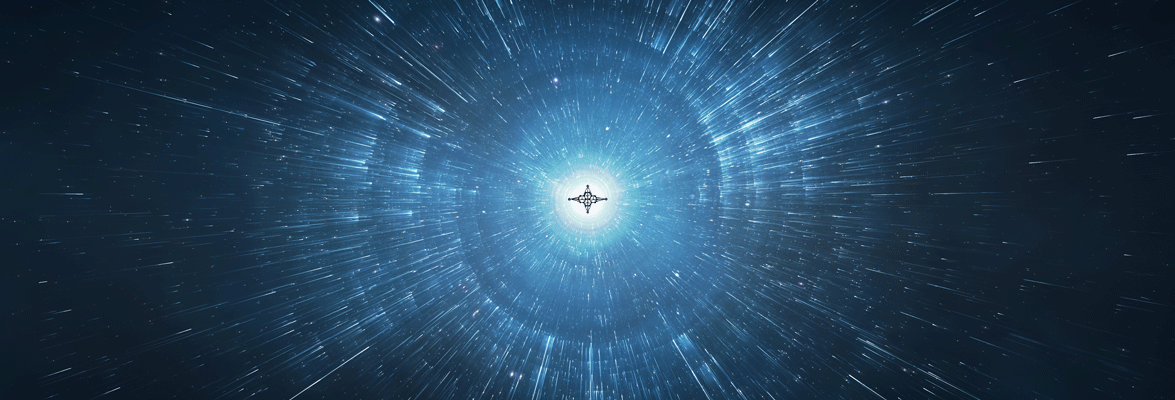19 August 2016
When we wrote the Handbook for Space Pioneers in 1977, we didn’t know that Chi1 Orionis (HR 2047), the star orbited by exoplanet Brobdingnag, is a double-star system. The discovery of the companion star was announced in a paper by Sarah Lee Lippincott and Michael D. Worth published by the Astronomical Society of the Pacific in June 1978[i].
The astronomers discovered the companion by painstakingly comparing 401 photographic plates taken with the 61 cm refracting telescope at the Sproul Observatory at Swarthmore College between 1931 and 1977. The companion star’s presence was given away by the wobbling of the primary star over this 46-year period.

In the 1970s, there was no internet. Reports of discoveries were published on paper by obscure journals stored in the dusty libraries of universities. One would have needed a tip from an expert to know the discovery had been made and where it was published. Today, with the help of tools such as Google and Wikipedia, the report can be found in minutes.
Since 1978, various other studies have further refined our understanding of the orbit and mass of the companion. It wasn’t until 2002 that astronomers working with the Keck 2 telescope on Mauna Kea in Hawaii detected the companion star directly.[ii]
The mass of the companion of Chi1 Orionis A is only 15 percent the mass of the primary, an unusually small ratio compared with most double stars. But compared with objects in Earth’s solar system, the companion, Chi1 Orionis B, is huge. Its mass is roughly 150 times greater than that of Jupiter, the largest planet orbiting Earth’s sun.
The orbit of the dwarf star is highly eccentric, ranging from 3.3 astronomical units (AU) at the closest point (periastron) to 8.9 AU at the furthest point (apastron). The orbital period is 14.1 years.
Astronomers believe that the presence of a companion star in an eccentric orbit would sweep up most other planets in the system. However, calculations by three astronomers at the Universidad Nacional Autónoma de México indicate that stable orbits around Chi1 Orionis A are possible within 1.01 AU.[iii] This distance is well within the habitable zone. Based on current knowledge of the Chi1 Orionis system, life as described on Brobdingnag could exist.
[i] “χ1 Orionis, A New Solar-Type Astrometric Binary” by Sarah Lee Lippincott and Michael D. Worth, Sproul Observatory, Swarthmore College Astronomical Society of the Pacific, June 1978
[ii] “Direct detection of the companion of χ1 Orionis” by B. König, K. Fuhrmann, R. Neuhäauser, D. Charbonneau, and R. Jayawardhana, Astronomy & Astrophysics 2002
[iii] “Regions of Dynamical Stability for Discs and Planets in Binary Stars of the Solar Neighborhood” by Luisa G. Jaime, Barbara Pichardo, Luis Aguilar, Universidad Nacional Autónoma de México, published in the Monthly Notices of the Royal Astronomical Society, Volume 427, Issue 4, pp. 2723-2733. 2012
